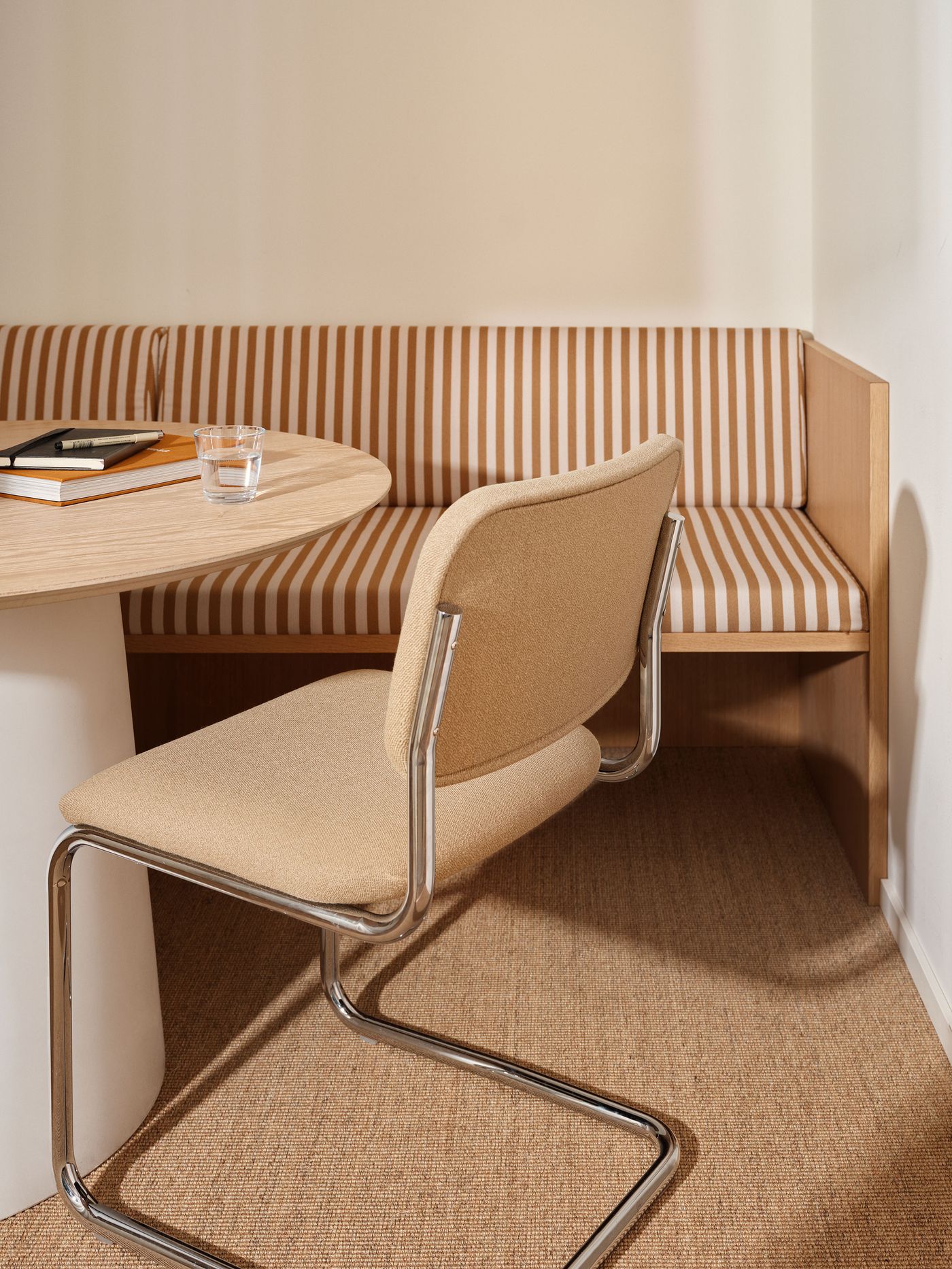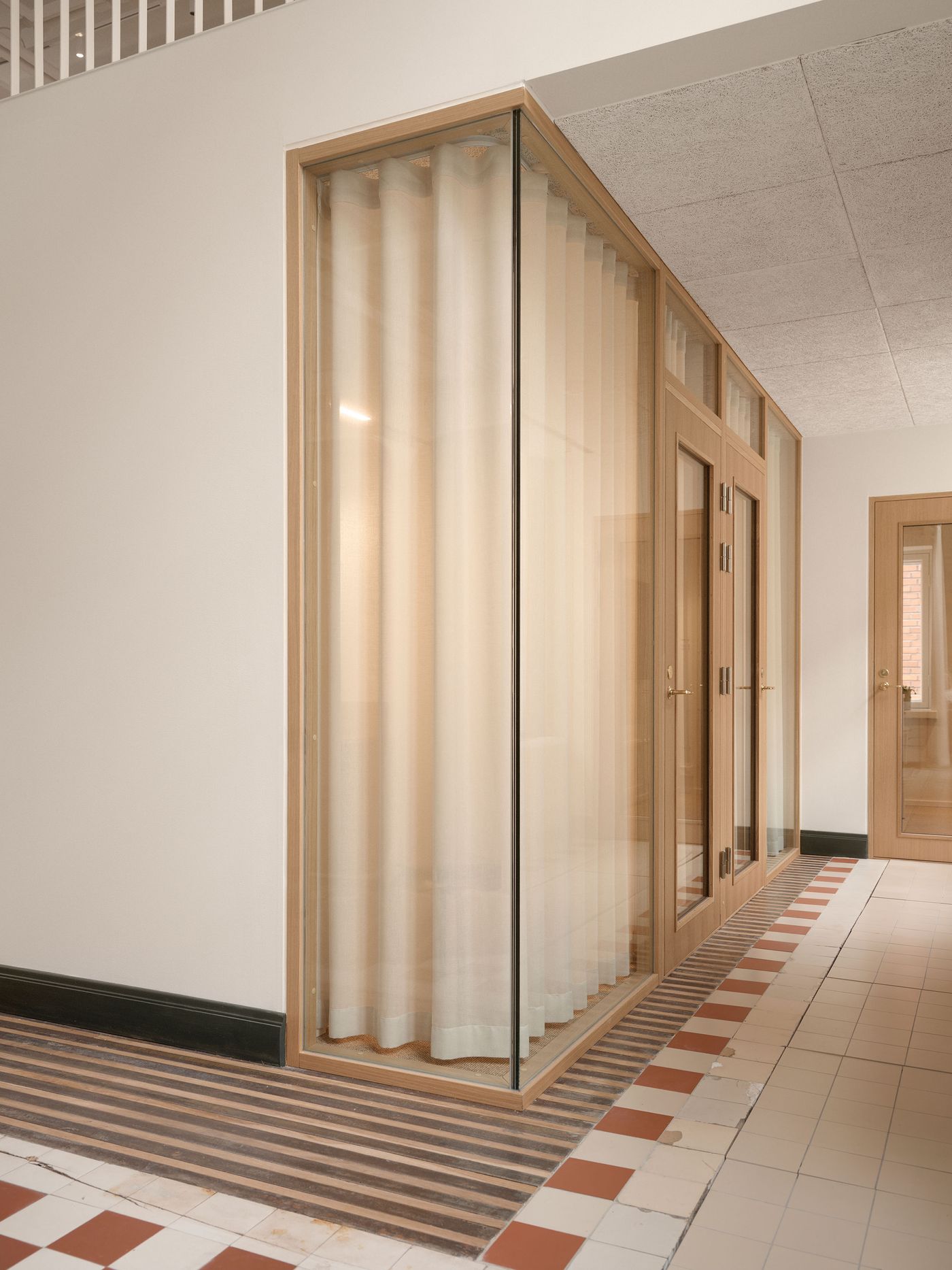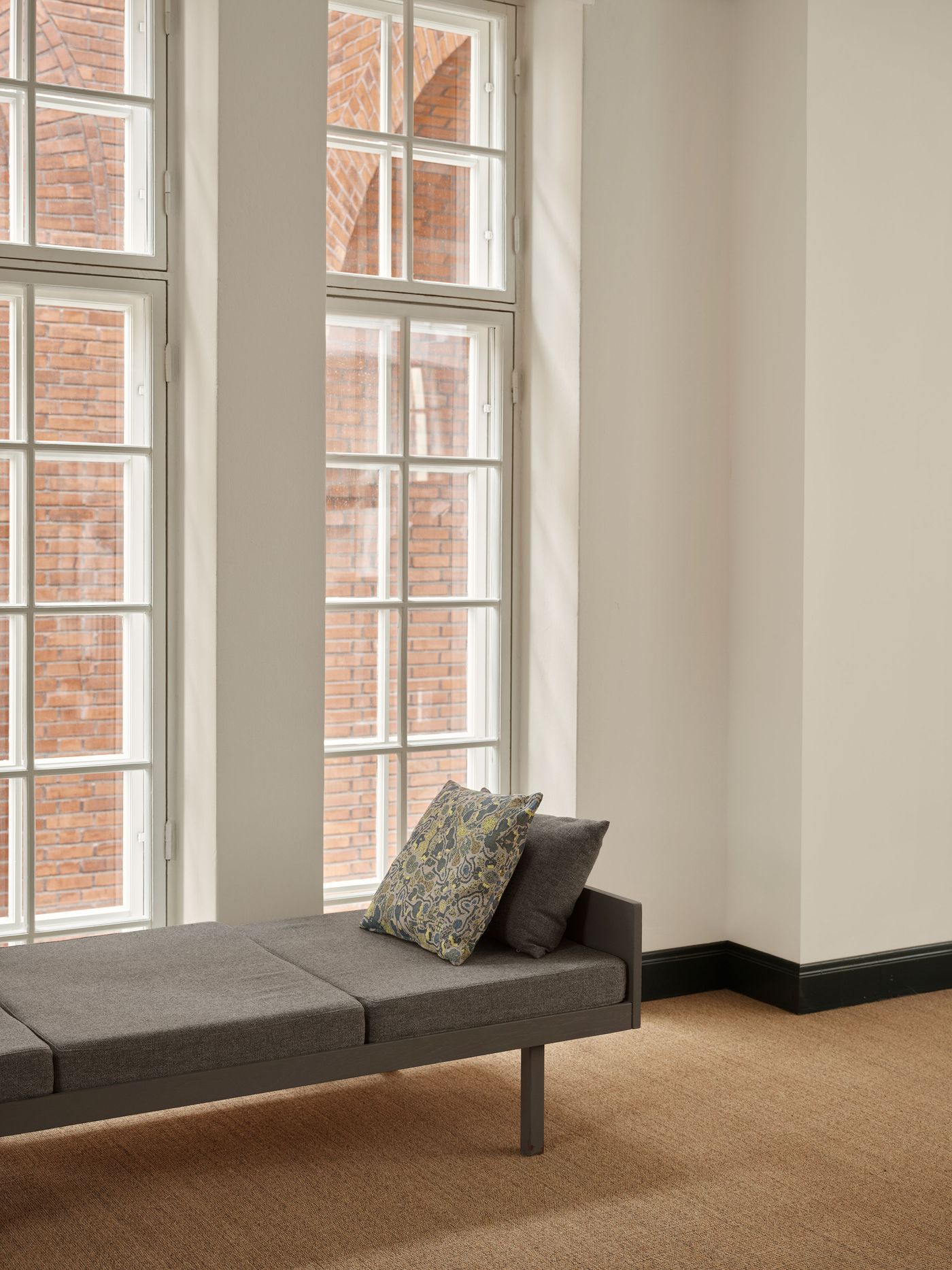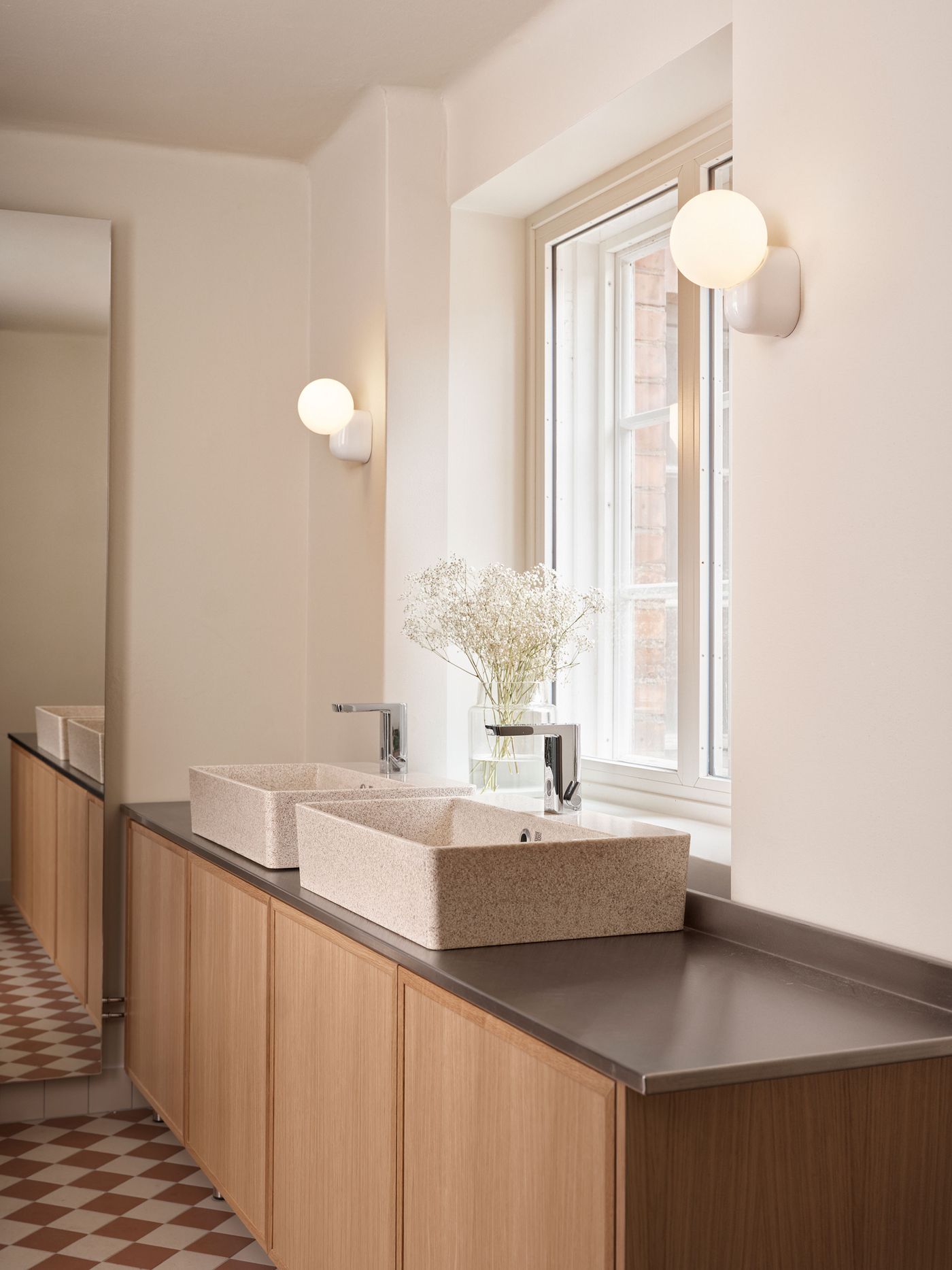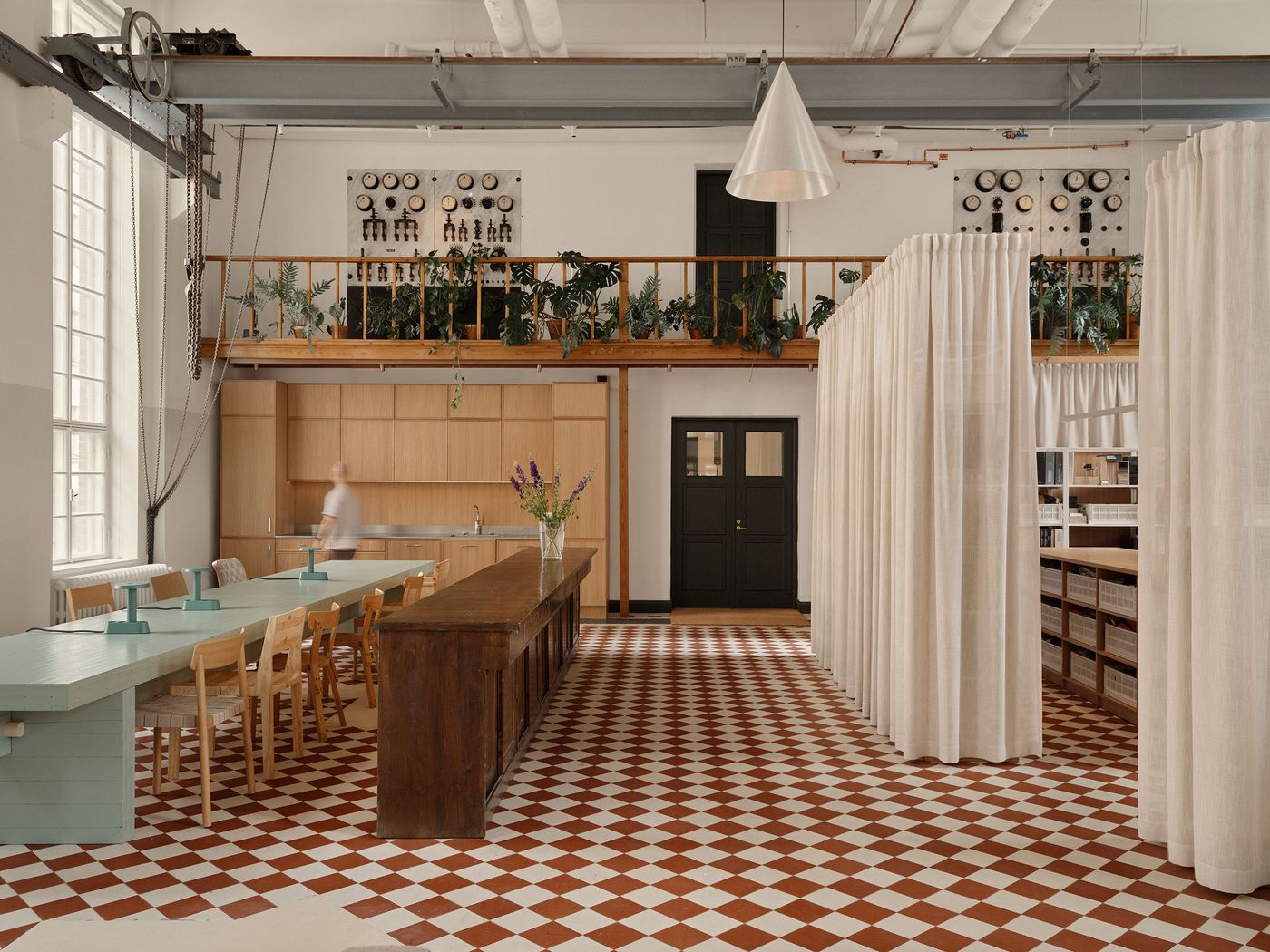
Konelabra: Fyra Revives a Historic Helsinki Laboratory into a Design-Forward Workspace
Words by Eric David
Location
Helsinki, Finland
Konelabra: Fyra Revives a Historic Helsinki Laboratory into a Design-Forward Workspace
Words by Eric David
Helsinki, Finland
Helsinki, Finland
Location
Finnish design studio Fyra has a talent for navigating the past with clarity and restraint. Whether reimagining the public spaces of the 1930s Hotel Torni or infusing timeless elegance into Bouchon Carême, a restaurant at the turn-of-the-century Lundqvist Building, their work reflects a quiet mastery of contemporary refinement within historic landmarks. The studio’s latest project, the transformation of the century-old ‘Konelabra’ building in Helsinki’s central Kamppi district continues this thread. Once home to the Helsinki University of Technology’s laboratories, the red-brick landmark has been sensitively revived as a modern workspace, now housing Fyra’s own studio, among other tenants.
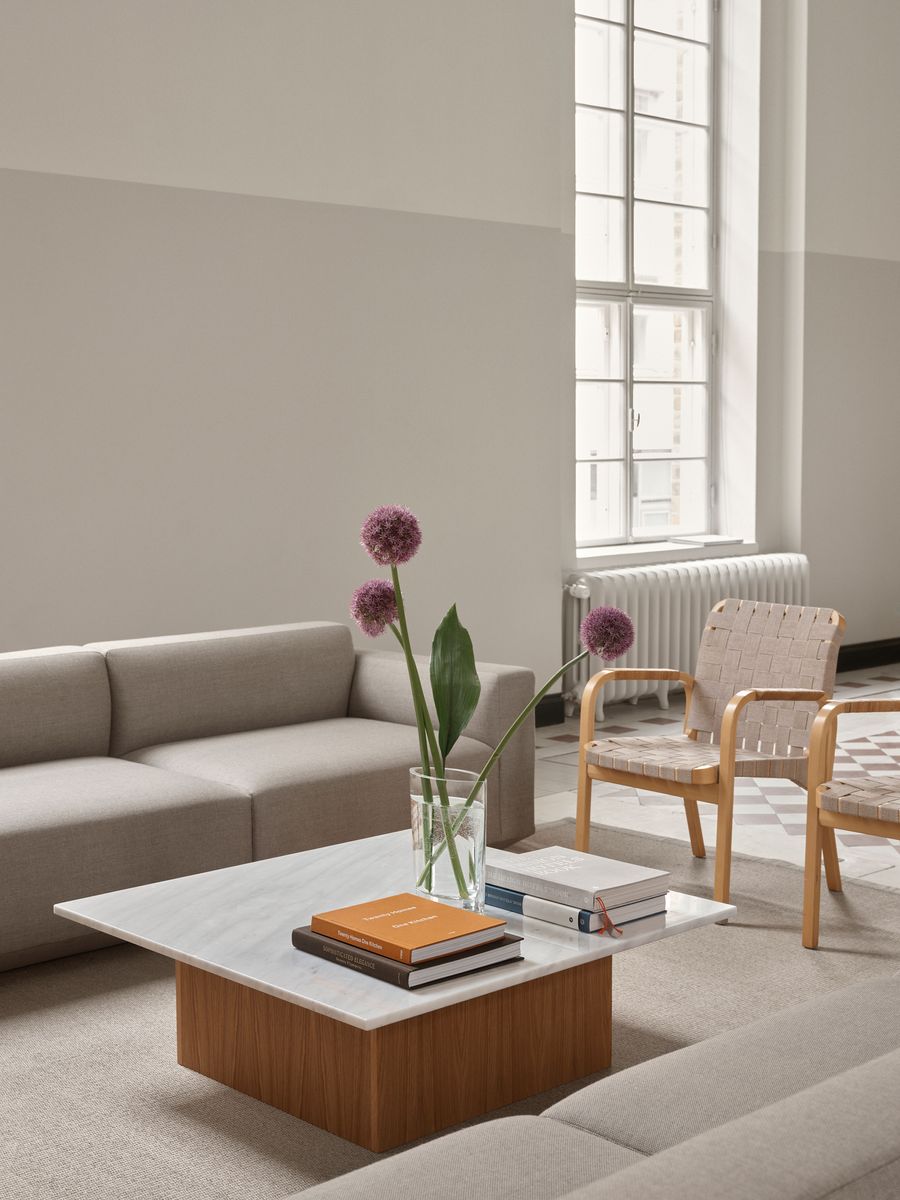
Photography by Riikka Kantinkoski.
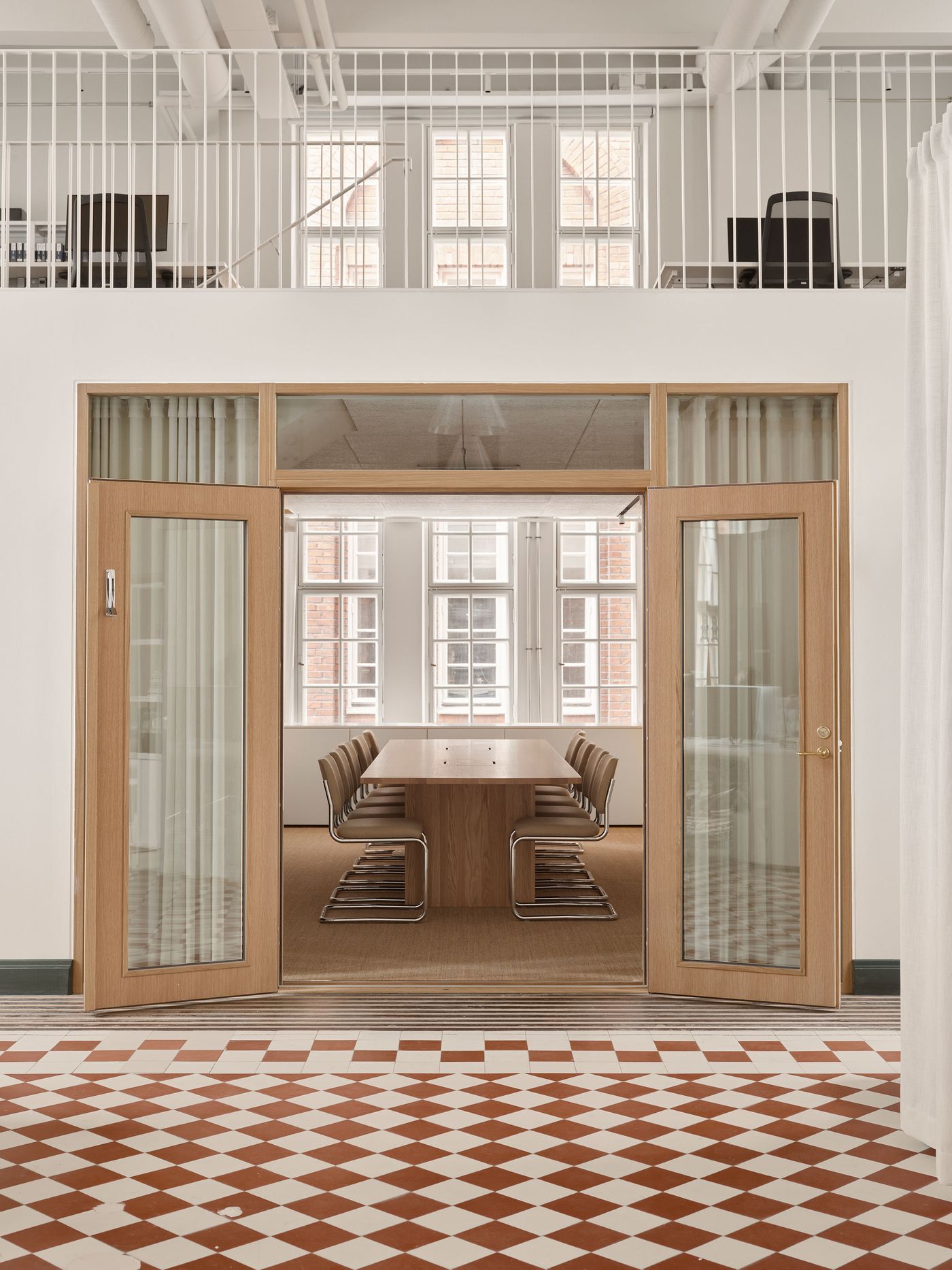
Photography by Riikka Kantinkoski.
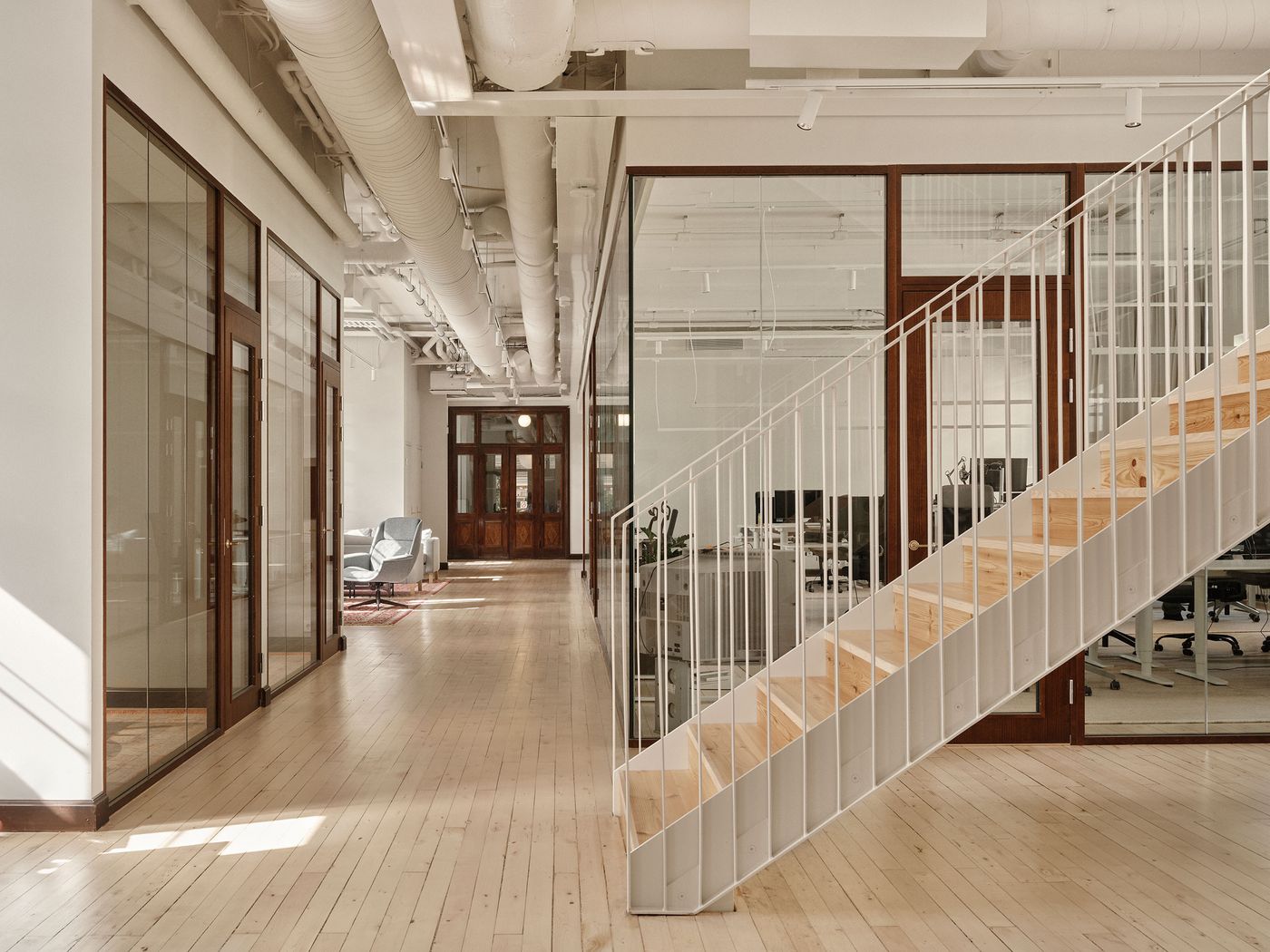
Photography by Riikka Kantinkoski.
Built between 1925 and 1933 by architect Onni Tarjanne, the building played a pivotal role in Finland’s technological education. Originally housing the University of Technology’s laboratories—including the Machine Lab, Konelabra in Finnish, where the building takes its name from—after WWII, it was absorbed into the Helsinki Technology School, which later became part of Metropolia, Finland’s largest university of applied sciences. Since 2018 however, the structure had stood dormant, its industrial bones waiting for a revival.
As a listed landmark, Konelabra’s transformation required close dialogue with the Helsinki City Museum and building authorities. Fyra, in collaboration with ARK Helsinki, led both the architectural and interior design, approaching the project with the care that such a historic property demands. The result is a flexible, light-filled workspace that honours the building’s industrial legacy while embracing a new creative future.
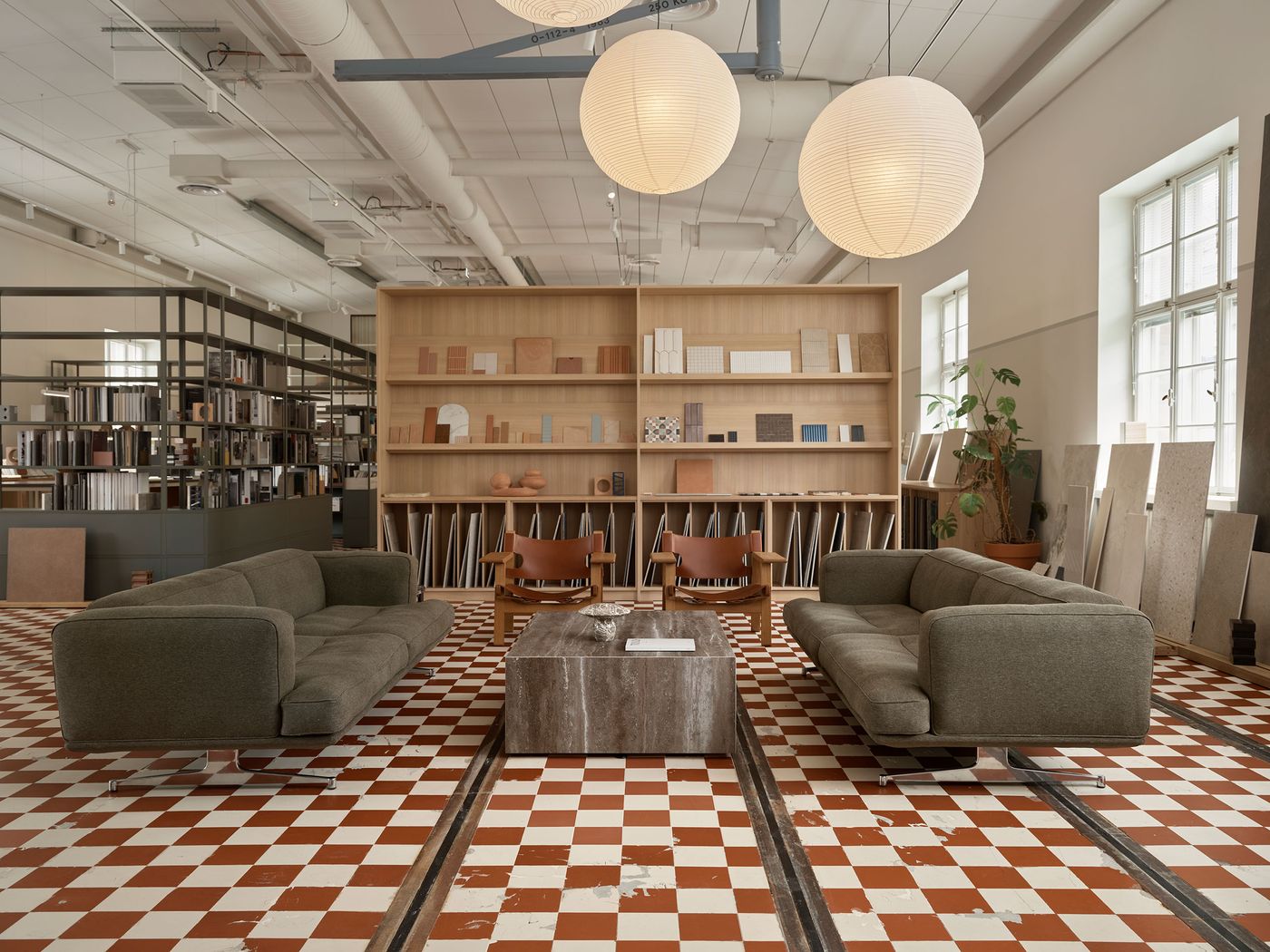
Photography by Riikka Kantinkoski.
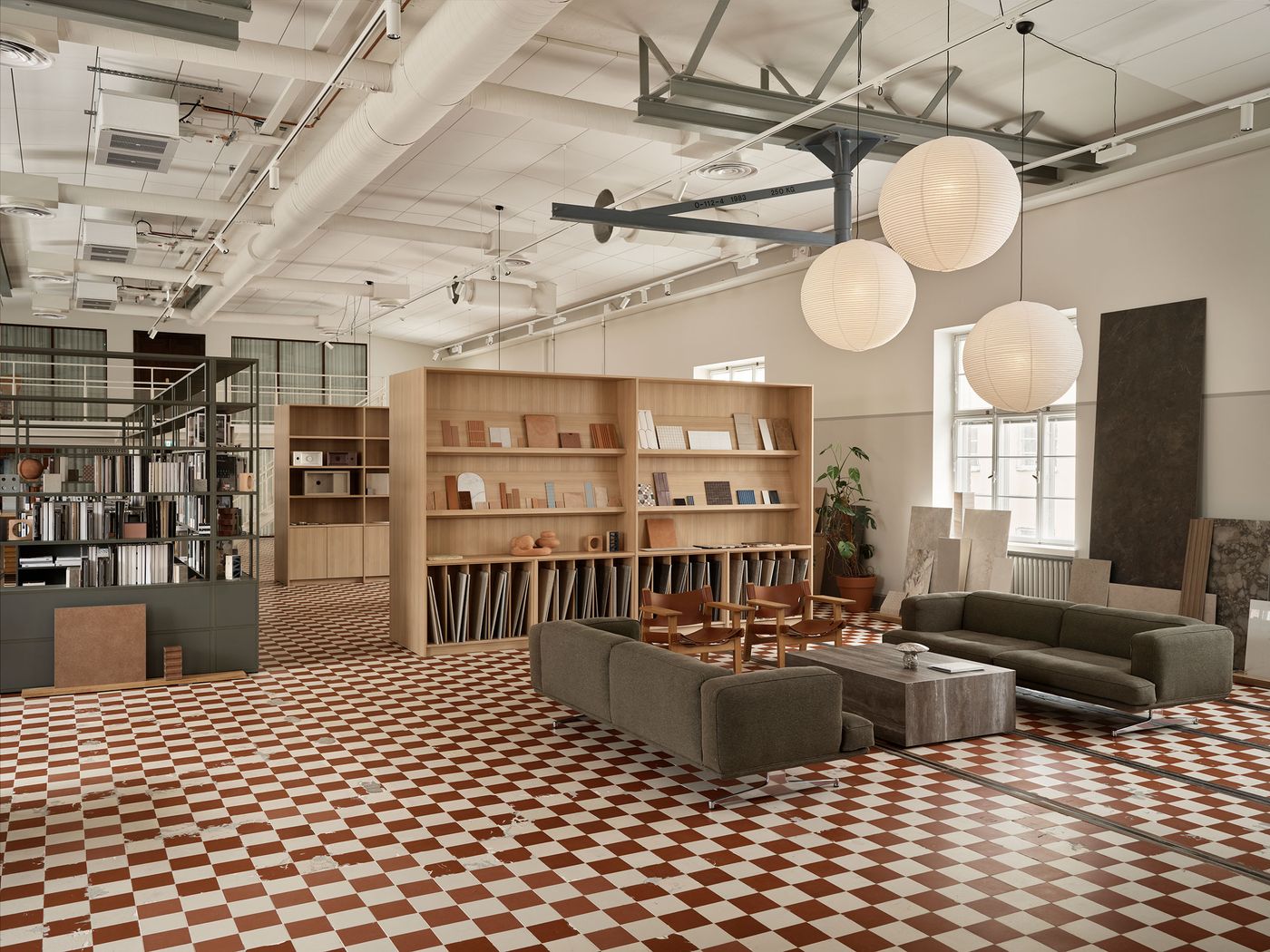
Photography by Riikka Kantinkoski.
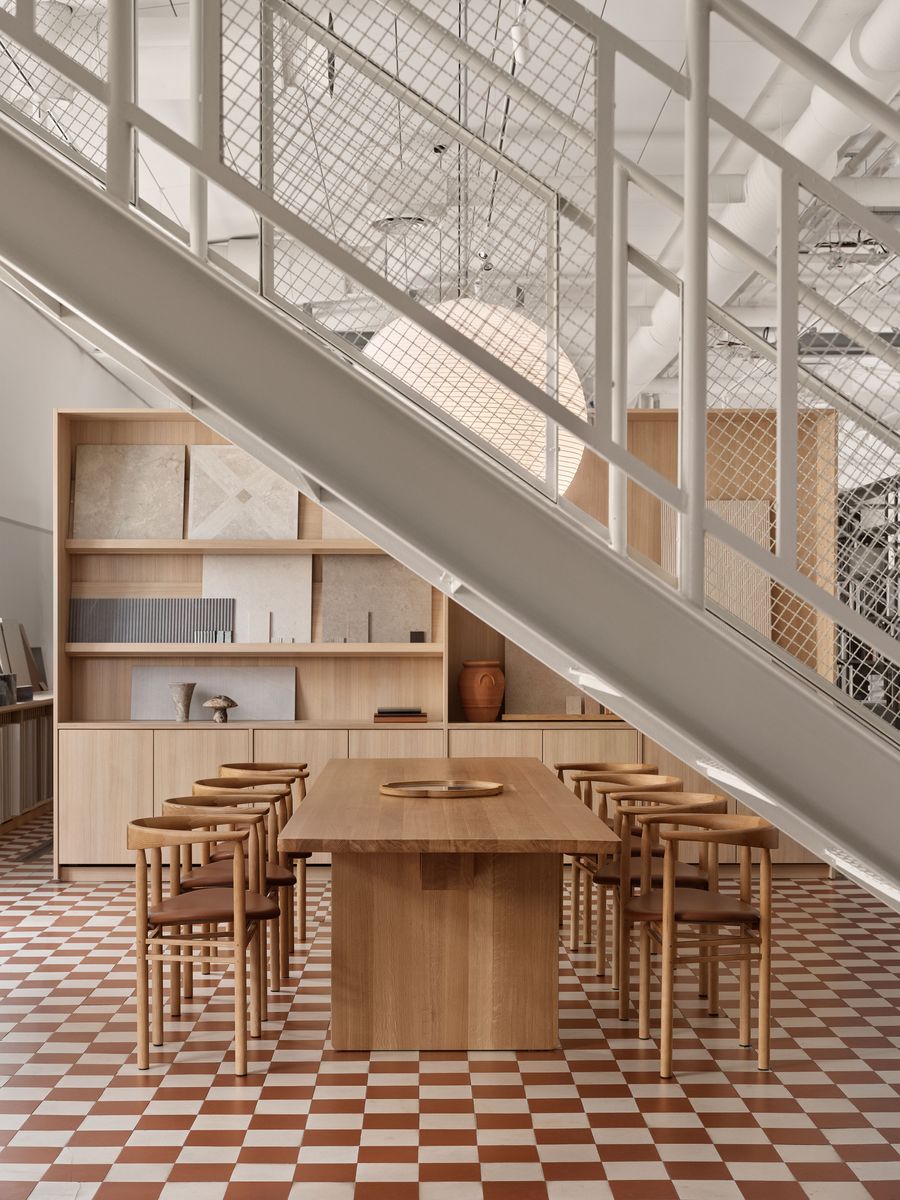
Photography by Riikka Kantinkoski.
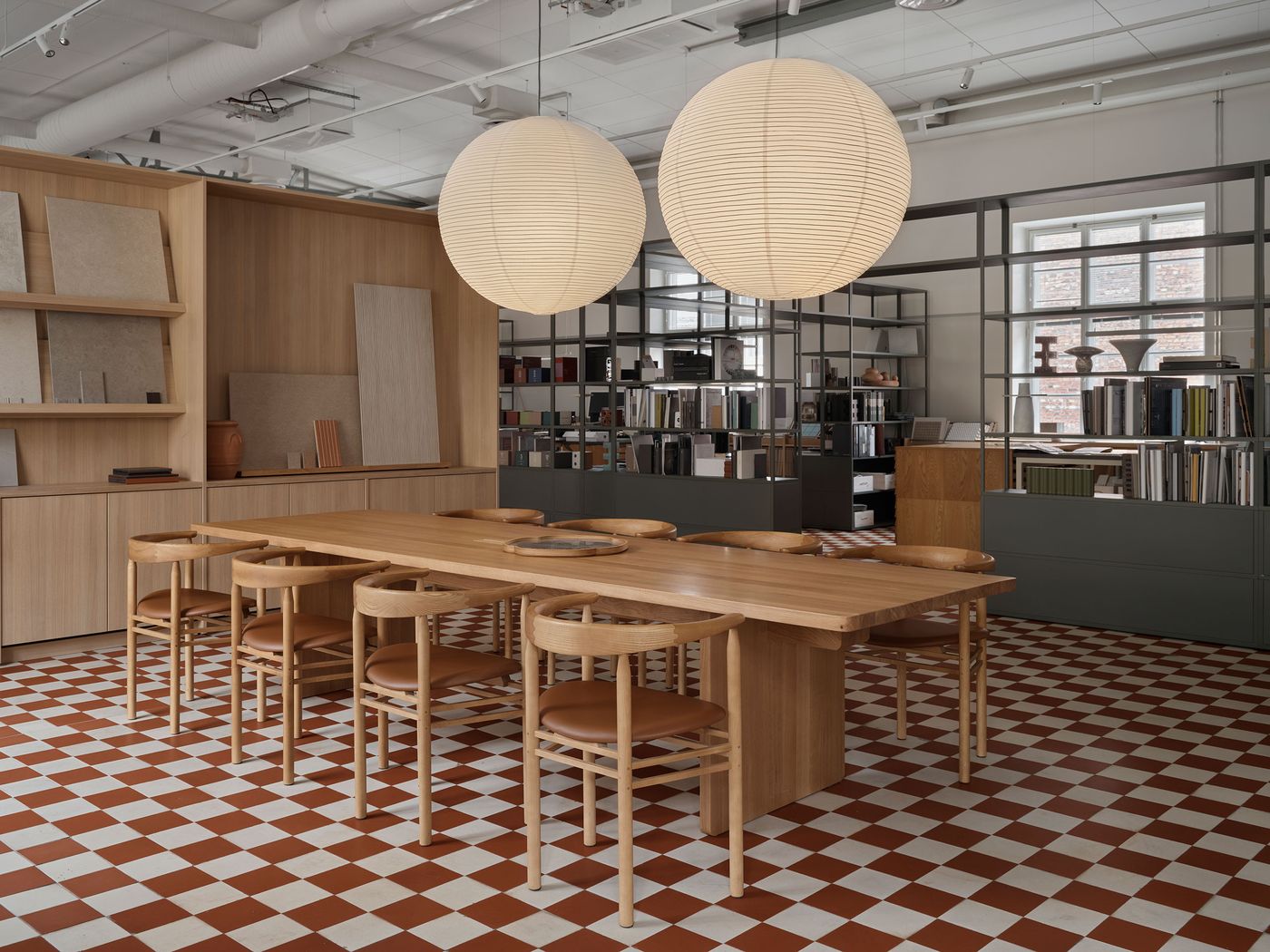
Photography by Riikka Kantinkoski.
Throughout, the design strikes a measured balance between old and new. Original elements, from the checkerboard tiled floors, timber doors and decorative steel balustrades to technical relics like cranes, dials, and switchboards, have been carefully preserved. Where intervention was necessary, the additions were respectful and reversible: newly inserted rooms and lofts, for example, can be dismantled without damaging the original fabric.
Material choices reflect a similar sensitivity. Pale oak cabinetry and shelving soften the building’s industrial shell, while simple paper lanterns, bespoke wooden tables, and vintage furniture lend warmth and tactility. A carefully selected colour palette of off-white and cream that match the original tones further root the interiors in their architectural context. Elsewhere, new staircases and window openings subtly signal the building’s evolving use without overpowering its history.
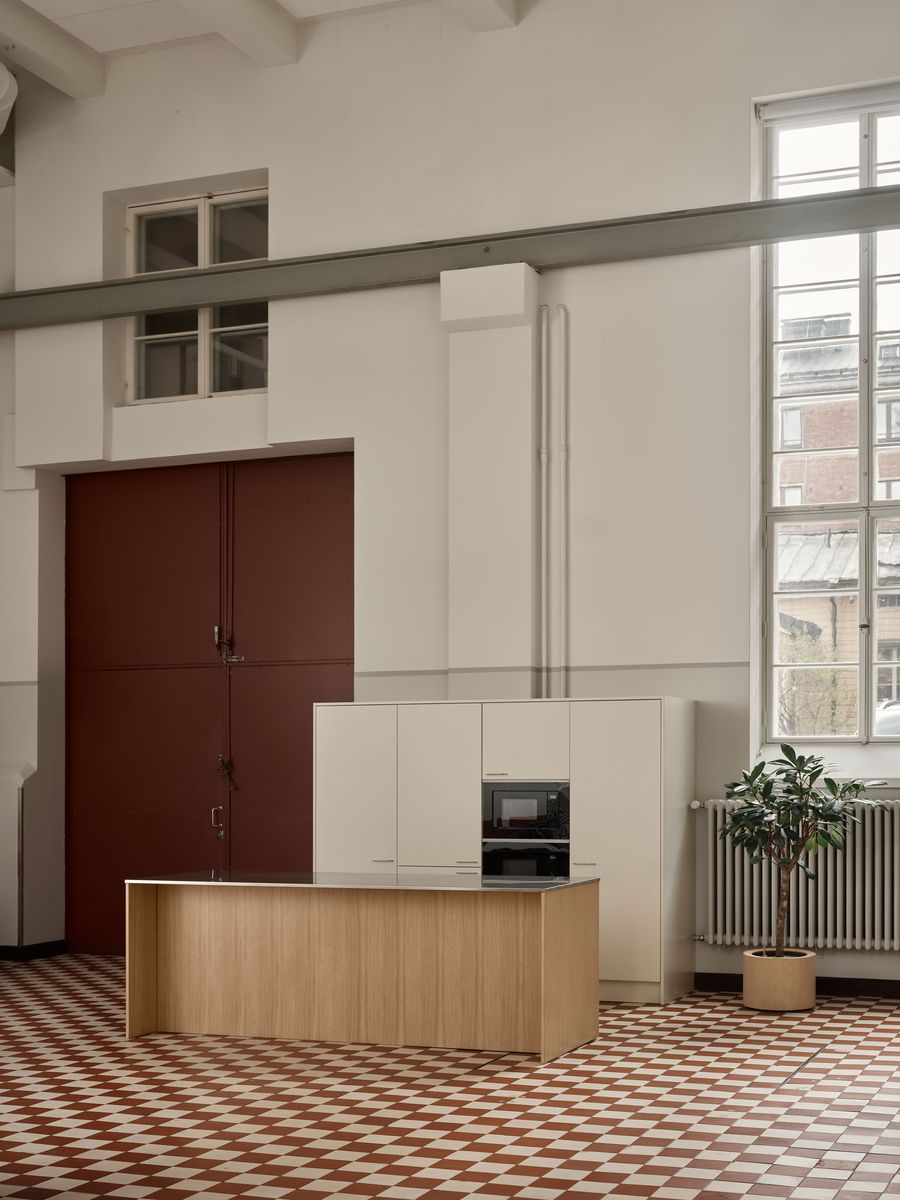
Photography by Riikka Kantinkoski.
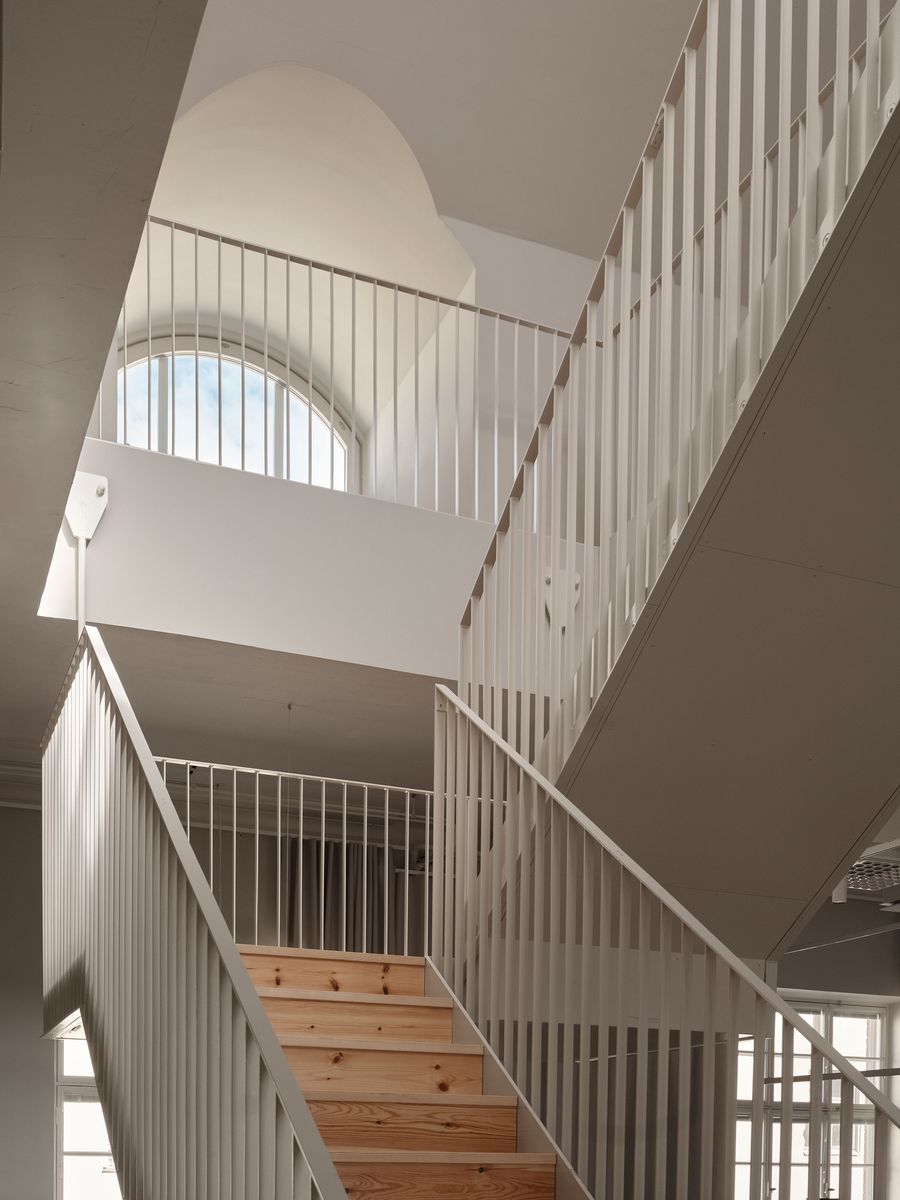
Photography by Riikka Kantinkoski.
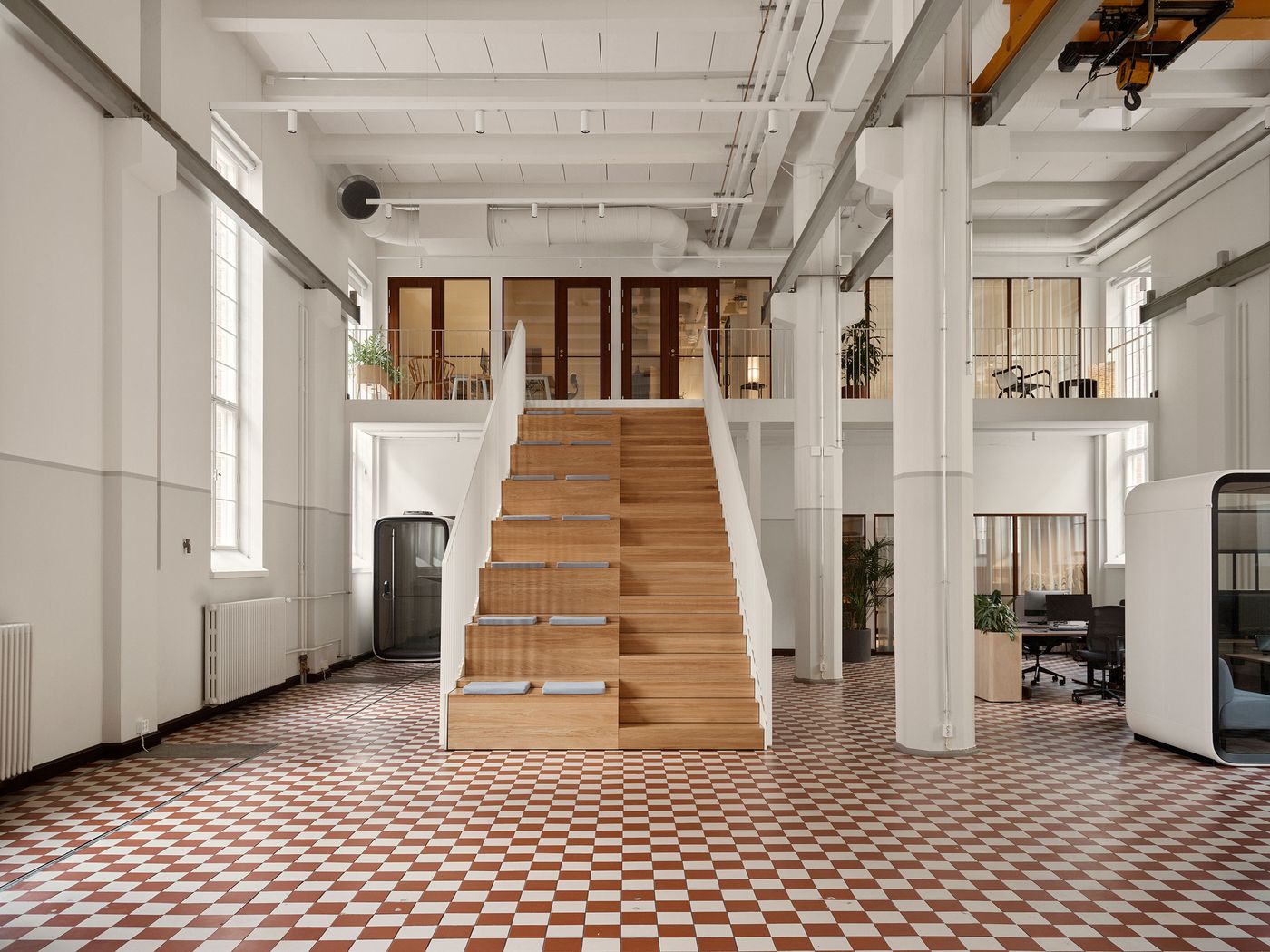
Photography by Riikka Kantinkoski.
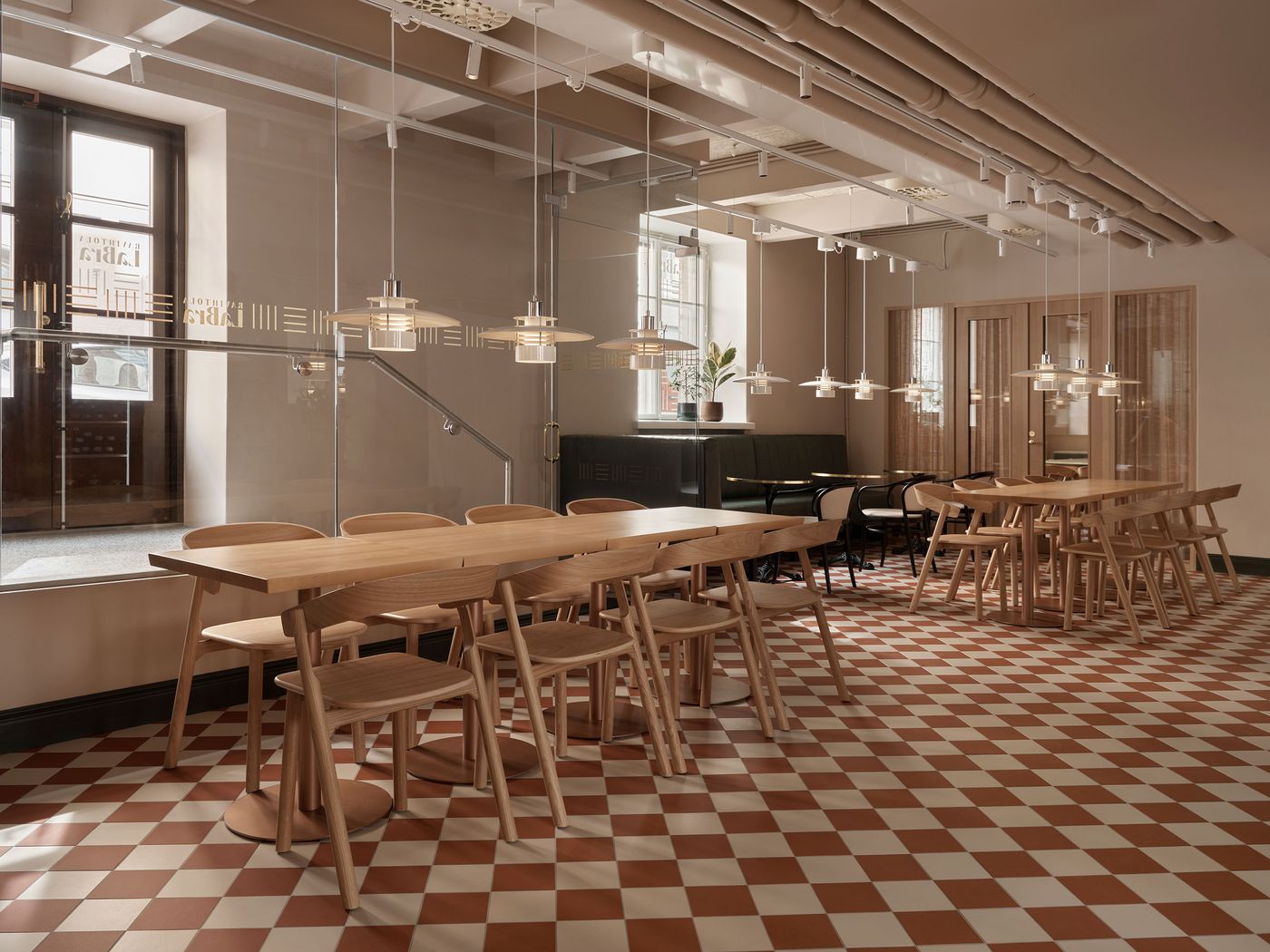
Photography by Riikka Kantinkoski.
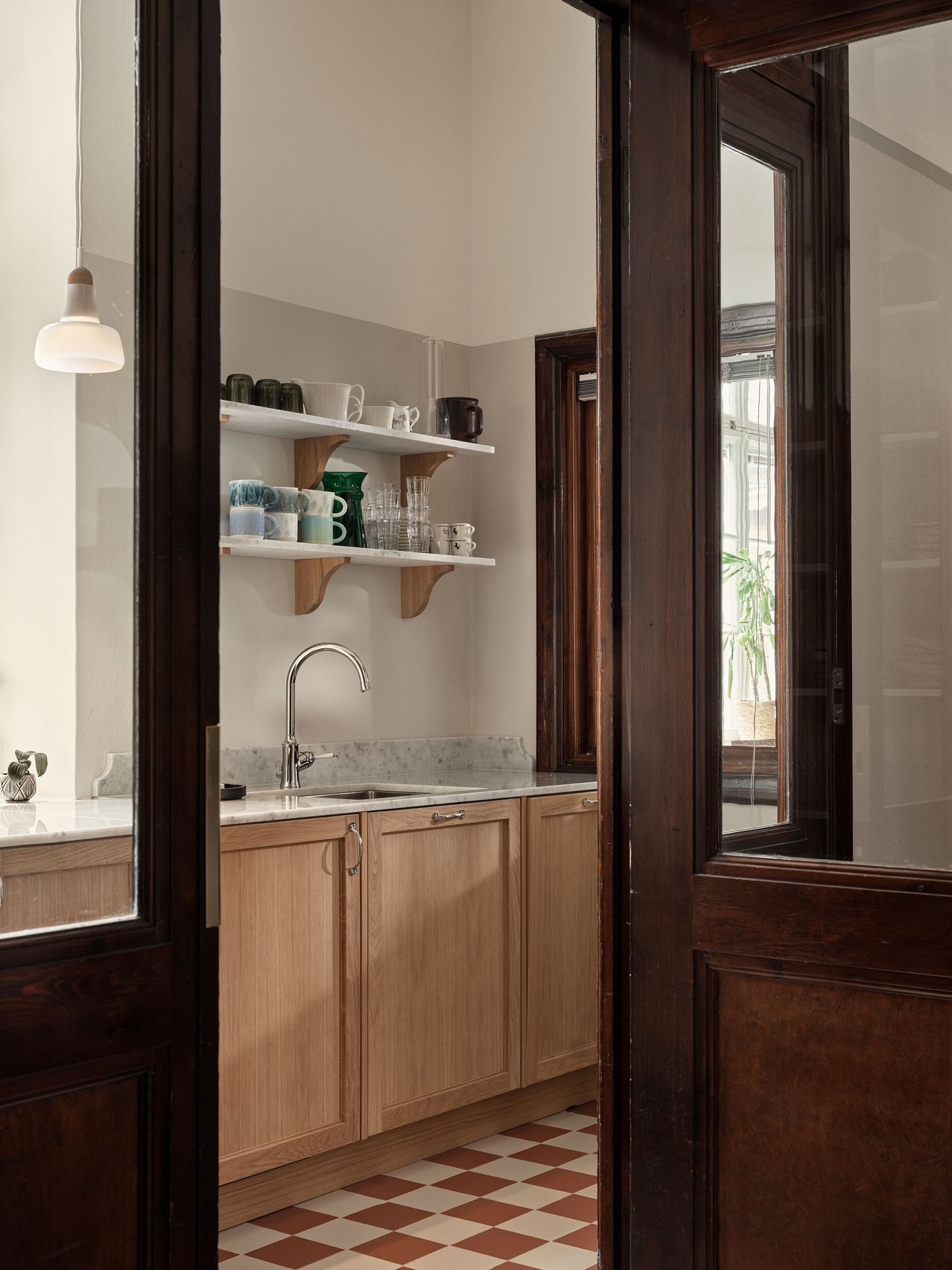
Photography by Riikka Kantinkoski.
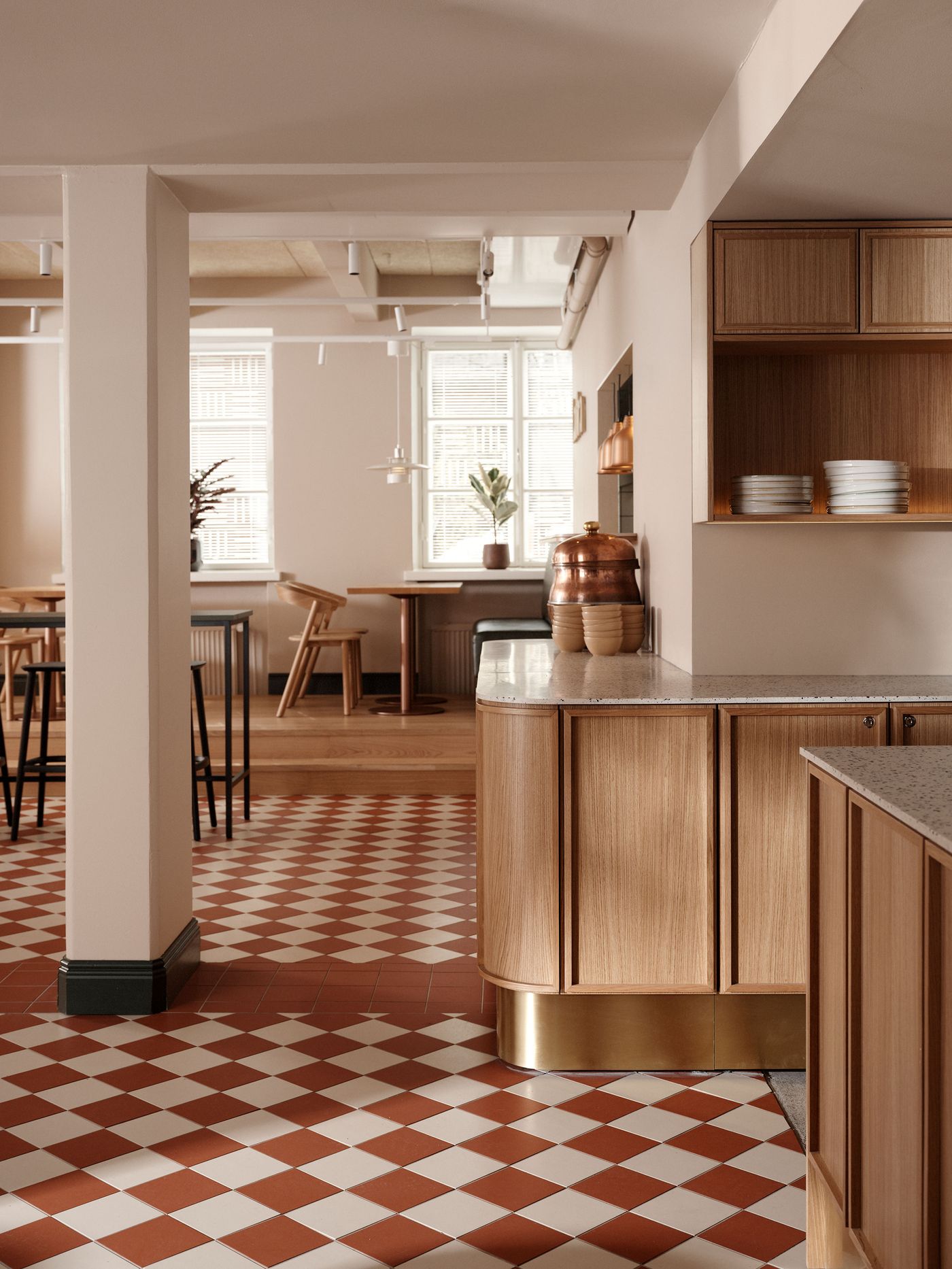
Photography by Riikka Kantinkoski.
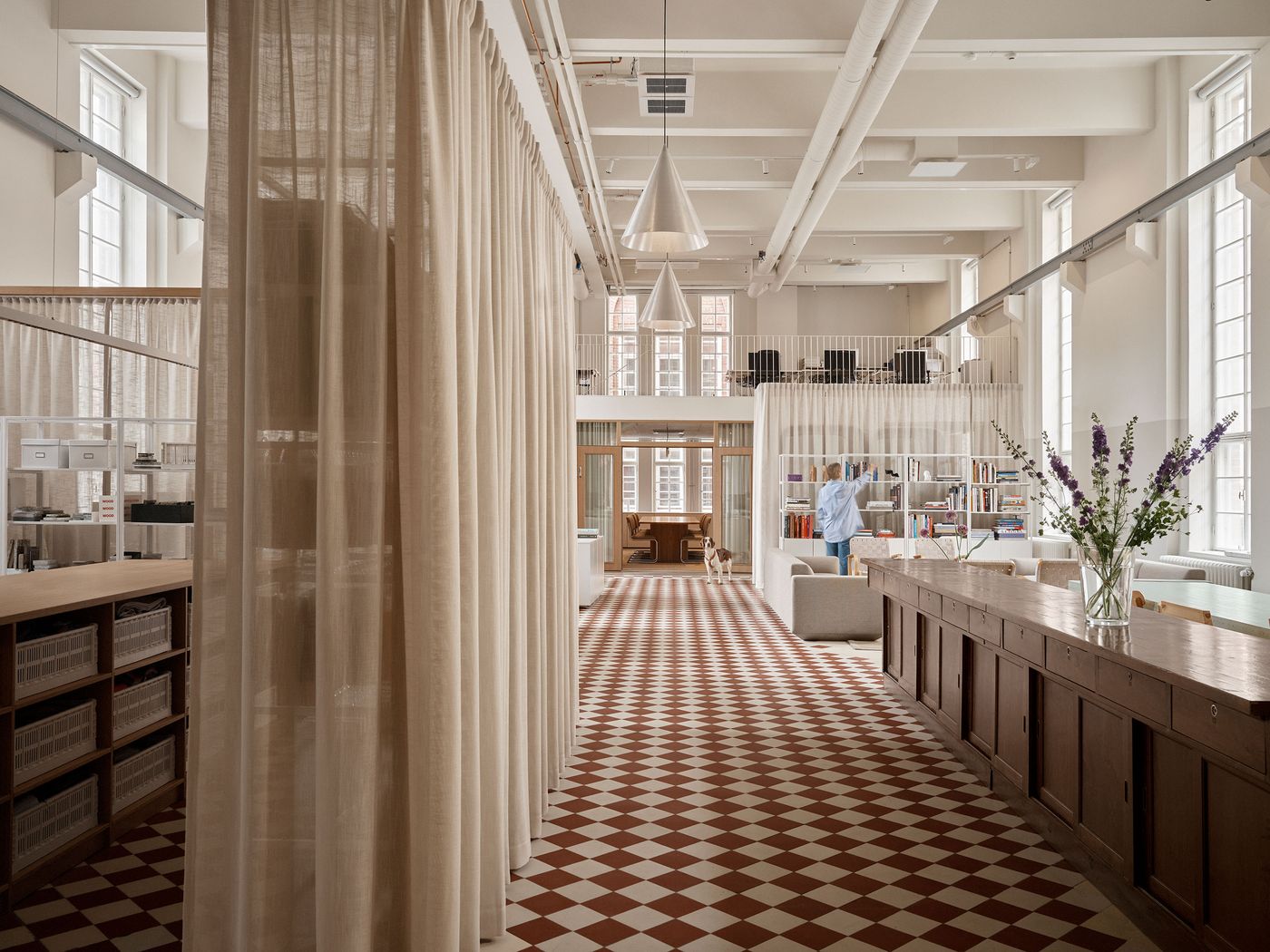
Photography by Riikka Kantinkoski.
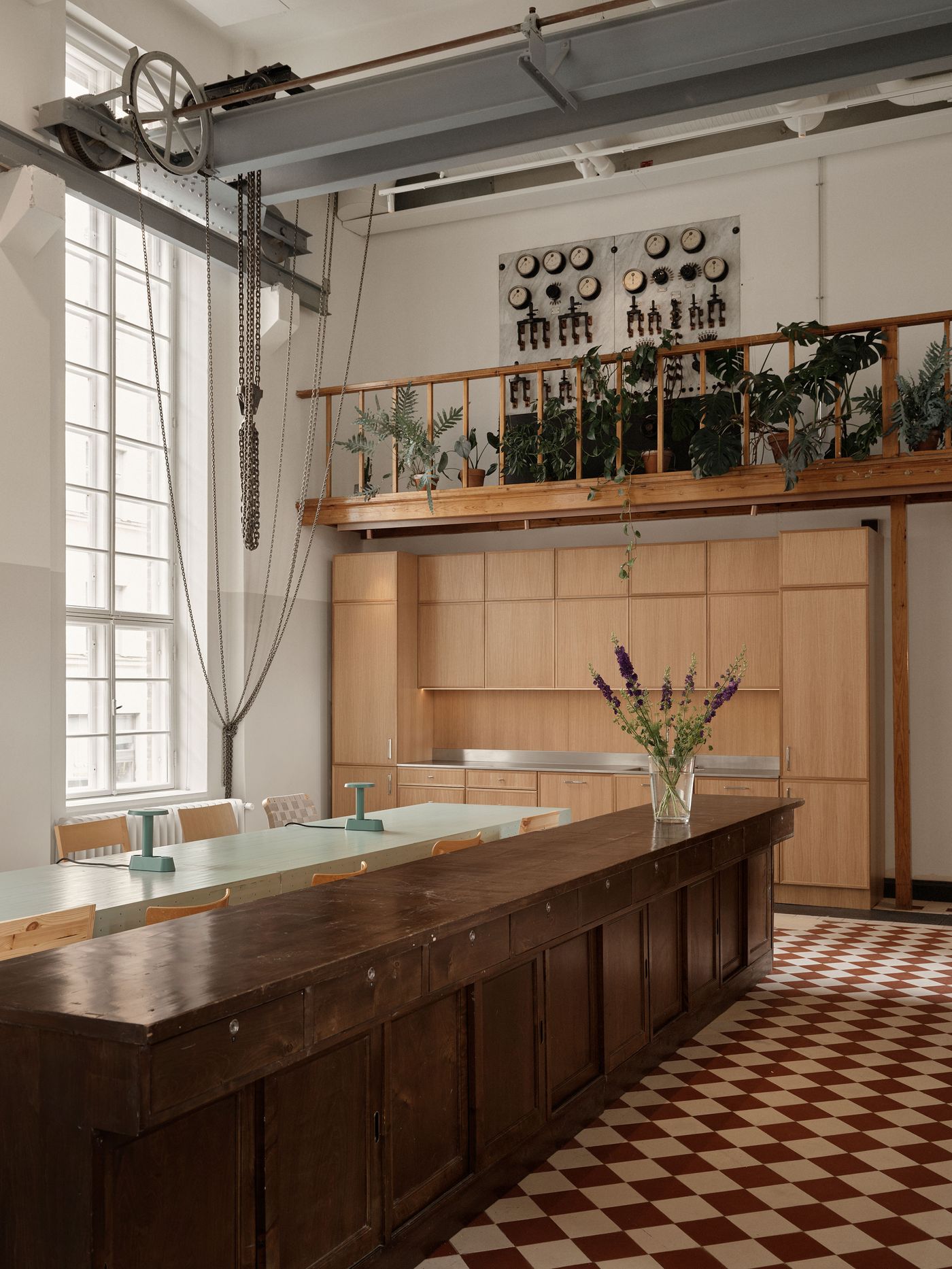
Photography by Riikka Kantinkoski.
One of the most compelling aspects of the project is how seamlessly Fyra’s own studio inhabits the space. Set within the former electrical laboratory, their new studio exemplifies Konelabra’s broader vision: adaptable, characterful, and community-minded. Featuring an open-plan layout, Fyra’s workspace is anchored by a six-metre-long second-hand table, painted in a vibrant turquoise, and large enough to gather the entire team. Curtain-draped partitions delineate the material library, while a loft structure above housing private meeting rooms also allows for additional workstations. Other tenants include the tile and stone showroom ABL-Laatat, furniture makers Made by Choice, and the Finnish outpost of Sony Music, all contributing to a layered, collaborative energy.
While the design champions aesthetics, it’s equally attuned to sustainability and well-being. Amenities such as a rooftop break area, a scenic sauna ensconced in a tower-like volume, indoor bicycle parking, and generous natural light contribute to an overall sense of comfort and care. By prioritising adaptive reuse over demolition, the project also underscores architecture’s role in resource-conscious urban renewal.

Photography by Riikka Kantinkoski.
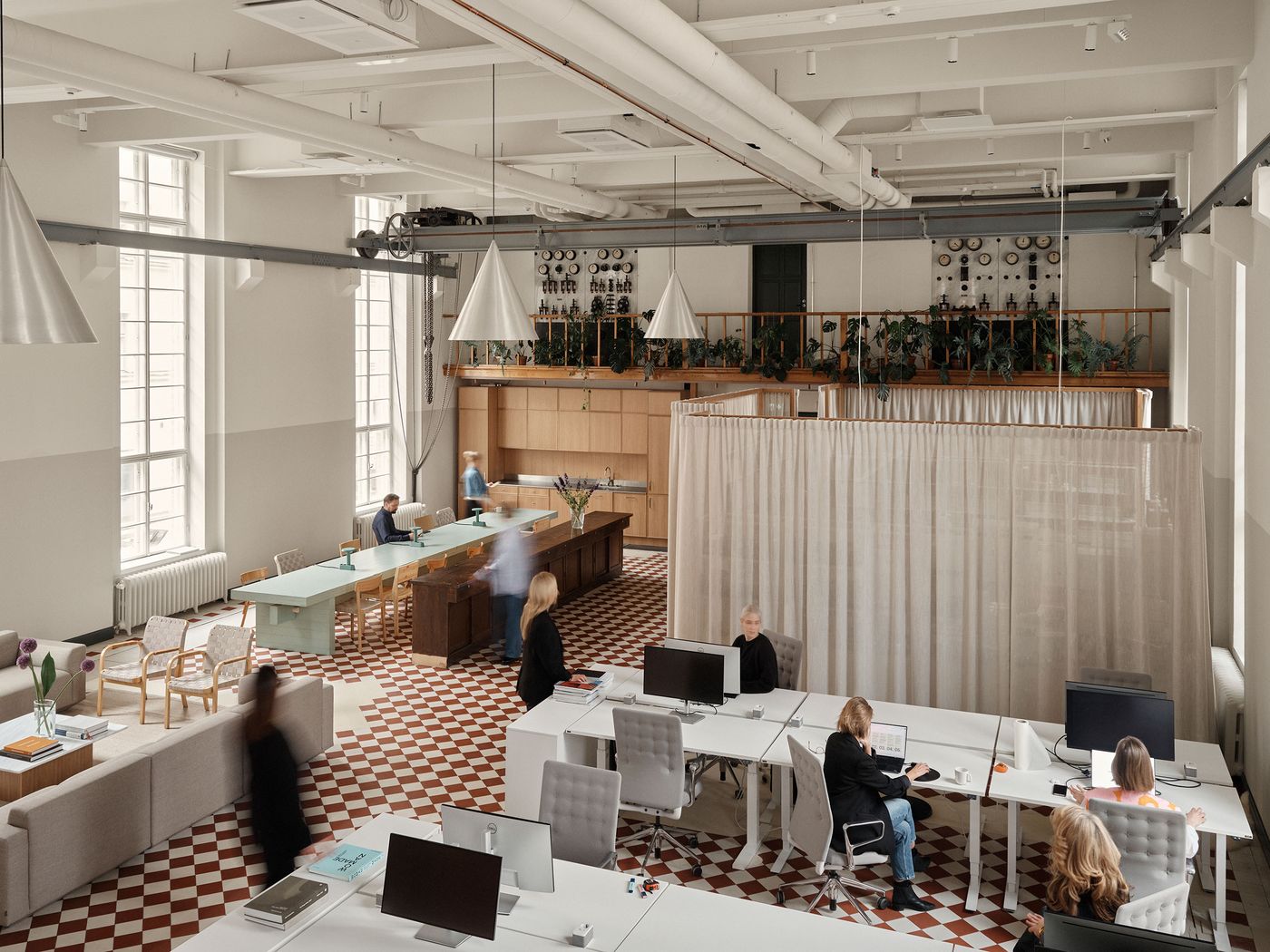
Photography by Riikka Kantinkoski.
At once pragmatic and poetic, the new Konelabra demonstrates how intelligent design can carry history forward, not by overwriting the past, but by amplifying it with clarity and conviction.
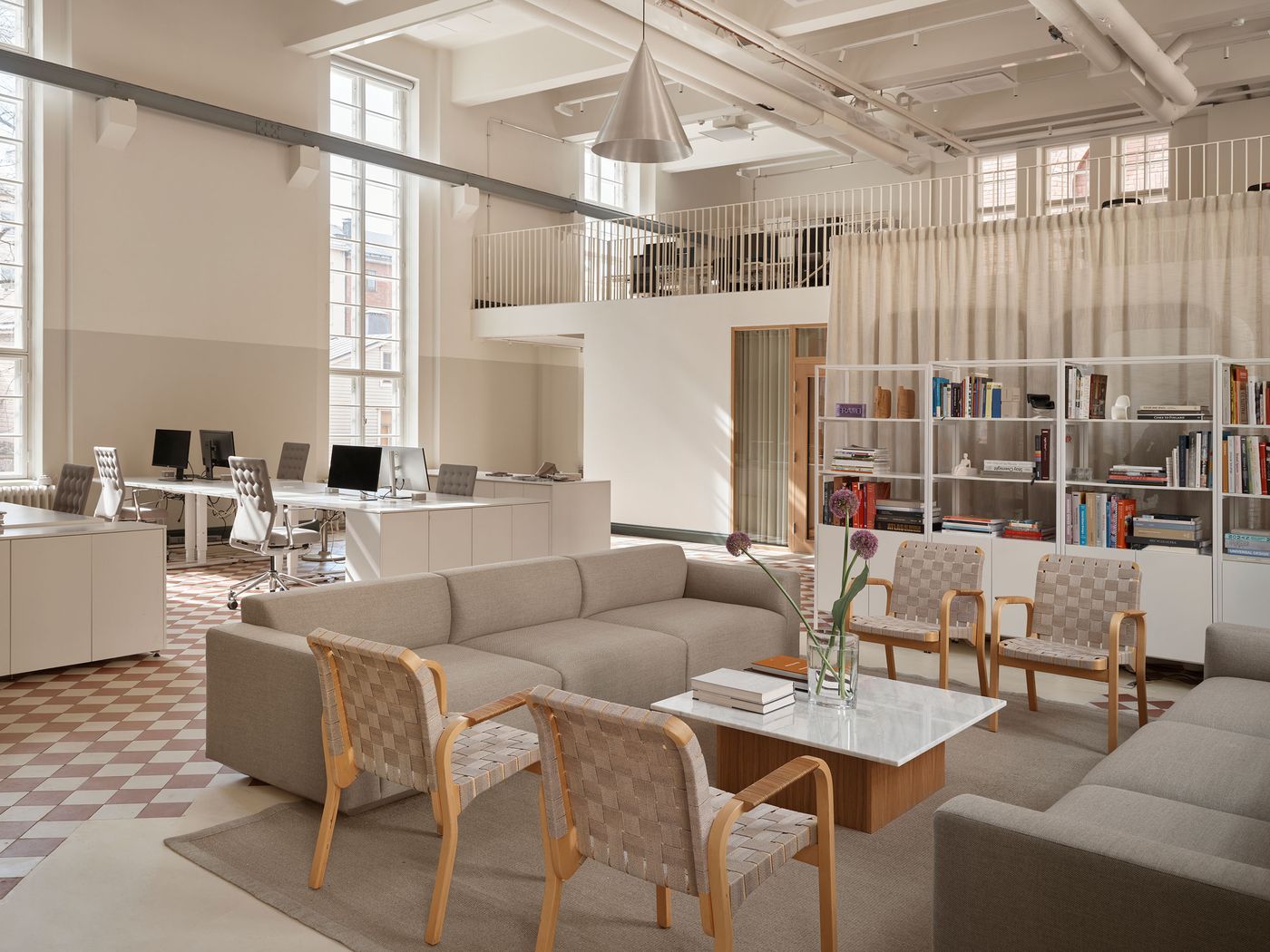
Photography by Riikka Kantinkoski.
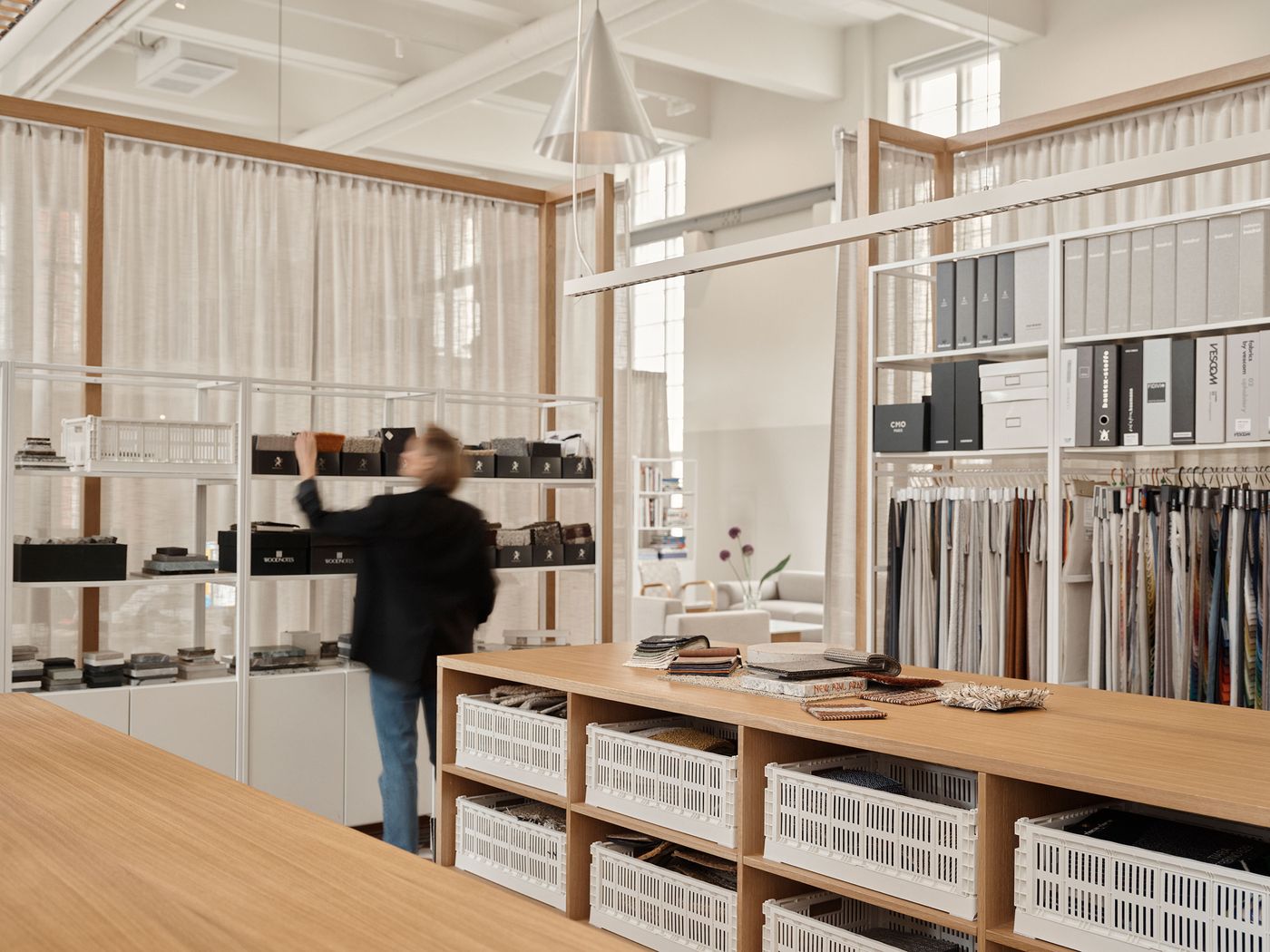
Photography by Riikka Kantinkoski.
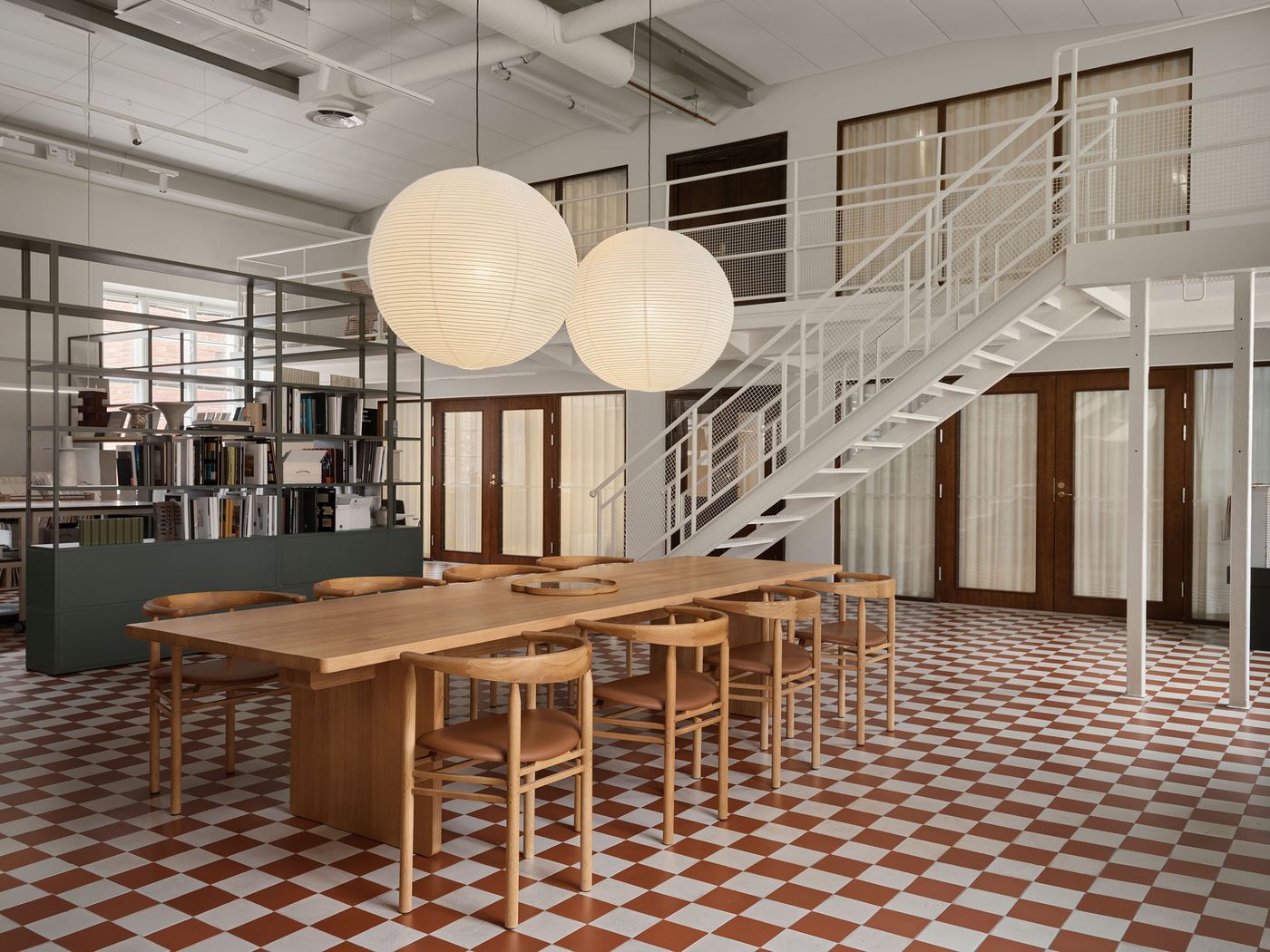
Photography by Riikka Kantinkoski.
